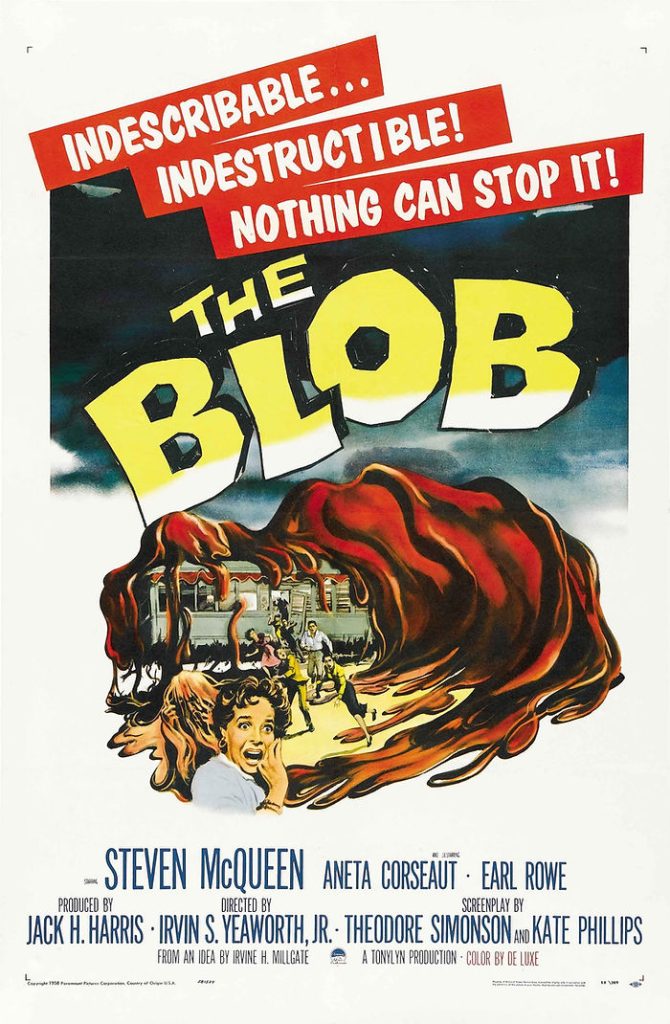Look at you! You've decided to self-publish your first book! Hooray!
You've decided to do the first one fast - and learn along the way! Congratulations!
You've also chosen your topic and narrowed your scope! Great work!
You are well on your way to success.
Need to catch up? Check out the first two blogs here and here.
This week? We are taking your narrowed-down scope, blowing it up, creating an outline and building out a project plan for your successful self-publication.
Let's get started...
Main Quest for Week 2: Mind Map, Outline and Project Plan

First, let's cover some basic terminology:
(These are explanations of how I use these terms and how I mean them in this context. You may find different definitions or different terms you prefer - so feel free to reframe to help clarify the concepts.)
Topic: The general idea you plan to write about. The topic can be fiction, or non-fiction, or a blend of the two.
Scope Statement: A concrete explicit statement (often phrased in a question) that defines the 'scope' (or breadth or depth) to which you plan to address the topic. When in doubt, go back to your scope statement. It will act as a compass heading and will let you know when you have stepped out of scope.
"Out of Scope": A label or phrase that describes or identifies all ideas, concepts, topics or hypotheses that are not included in the scope statement. If something is "out of scope," it is to be ignored or disregarded for the length of this project. Be brutal and stay true to your scope.

Scope Creep: When you allow your scope statement to evolve and grow and change and essentially accumulate additional topics and content that were originally excluded by the scope statement. Beware Scope Creep! This is a dangerous beast that can take a 12-week program and blow it into a Never Never project - so called because it gets so big that you can Never Never get it done. Think of the movie The Blob - where a gelatinous mass grows out of control by coming into contact with and thus consuming everything in its path. Avoid Scope Creep at all costs!
Project Plan: An itemized, detailed, time-bound plan of attack to complete a project in a specific amount of time. Project plans are used in many different situations, from city and building plans to corporate planning and team project management. When you build yours, you have lots of control but also all the responsibility of completing the plan. We'll cover best practices and common missteps soon.
Mind Map: A visual means of organizing and collecting thoughts and ideas into a single space. Can be used to generate and/or organize ideas into a logical web of organization. A mind map is often a great place for creative people to start planning.
Ideas: Elements that you want to include in your book, captured in mind mapping exercise in concentric rings or connected to the main topic - within the scope statement.
Chapters: Logical organization of story or topic elements within a text or book.
Reference: External, trusted resources or sources of information that can guide ideas, or should be given credit for their contribution to your thesis or core argument. Even fiction books can use references - including things like locations to visit for inspiration, people to talk to to get expertise, source reference material like original stories or text if you are retelling, or basing your story on another tale.
Phew.... okay! Now that we know what we are talking about, let's dig into the exercises.
Mini Quest: Mind Map your Scope Statement

- Get a piece of paper... you might want to get a big piece, or a few pages and some tape, because you might want to write big, or you might have LOTS of ideas.
- Draw a circle in the middle.
- Write your scope statement in the middle circle
- Draw lines out from the middle circle
- At the end of each line, write a core idea, subtopic or scene that must be addressed as part of your scope statement. Repeat until all core ideas, subtopics or scenes are collected.
- Draw circles around each core idea.
- Draw lines out from each core idea.
- At the end of each line, write key points, terms, or plot points that must be addressed under each core idea.
- Continue drawing lines out and adding on layers of ideas, points and scenes until you have mapped out your book at a high level.
Be sure to capture references too: that article you read about this that you want to refer back to, the website where you found some good points, the dog-eared copy of your favourite book on the topic, your best friend who has the same job as your main character.
Once you have written out all the points and subpoints you want to capture, it is time to make an outline.
Mini Quest: Create an Outline from your Mind Map

- Get a fresh piece of paper (or digital option)
- Write your scope statement at the top - this is your working Title
- List your core ideas/plot points below - these are the ideas most closely linked to the scope statement and are usually big chunks - consider these your Chapters
- Under each chapter, capture the ideas that branched off each key point - these are plot points or key ideas that you want to address to move the idea or story forward
- Under each sub-point, capture the additional information, including details or references you want to include
- Repeat until all points captured on the mind map have been transferred into your outline
Things to consider: As you move over your ideas from the mind map, you may want to reorganize them - feel free! Maybe you are inspired by more ideas, more references or more plot points as you move them - great! Capture the additional ideas as you go. There are many right ways to do this, and the only 'wrong way' is not to start - so dig in and see if you can end up with an outline that will help you know that you are on track to finish as you write.
Mini Quest: Build a Project Plan

You'll need a calendar, your outline, and a calculator if math is not your friend.
I recommend building Project Plans in the following way:
- Decide the deadline and count out how much time you have (You've got 11 weeks* left)
- Look at your outline and count the chapters (This will help you plan how much you will need to write each day/week to finish your first draft)
- Consider the "unknowns" or additional asks (These I will hand to you below)
- Start from the end and work your way back.
Point 3- "unknowns" - 1 week for publishing, 1 week formatting, 1 week cover, blurb and interior copy, 4 weeks editing.
Divide the number of Chapters or subtopics in your outline by the number of weeks you have to write (3-4 weeks - if you have yet to start). That is how many chapters you have to write each week to stay on plan.
Give it a go. Replace X in the template below with the number of chapters/week you plan on writing.
Outline template:
Week 1 -Pick your Topic and Narrow your Scope
Week 2 - Mind Map, Outline and Project Plan
Week 3 - Write x chapters/pages/topic
Week 4 - Write x chapters/pages/topic
Week 5 - Write x chapters/pages/topic
Week 6 - Edit
Week 7 - Edit
Week 8 - Edit
Week 9 -Final Edit
Week 10 - Cover, blurb, interior copy - front and back pages
Week 11 - Format
Week 12 - Publish
Deep breath! You've got this.
But Regina, what if I don't "got this"? What if I have to write 15 chapters a week and there is no WAY I can do that?
Fear not, my friend - this program is just a challenge. You can stretch it or collapse it to fit what you need. If the quote above sounds like you, you have two main options:
- Reconsider your scope. A 60-chapter book sounds immense! Can you cut down your scope statement to something you 'could' write in 4 weeks?
- Reconsider the timeline. If you are positive that your scope is the right size and you cannot possibly write a shorter version of this book without breaking your own heart, fine! Extend the timeline so it makes sense for you. Maybe you work this 12-week program over 36 weeks or over 12 months - that's okay! It's better to have finally published that first book this year than never at all.
You are the boss of you.
You are writing this book for your own damn good reasons, and unless there is something bigger going on that I do not know about, you get to decide how this project works for you.
Whatever you decide - now is the time! You have a scope, you have an outline, you have a frogging project plan! You know how much work you must accomplish each week to finish this task - so it is time to start! Start writing - if you haven't already, and I will keep talking to you about writing over the next few weeks to help you finish that ever-so-important first draft.
Happy writing!




